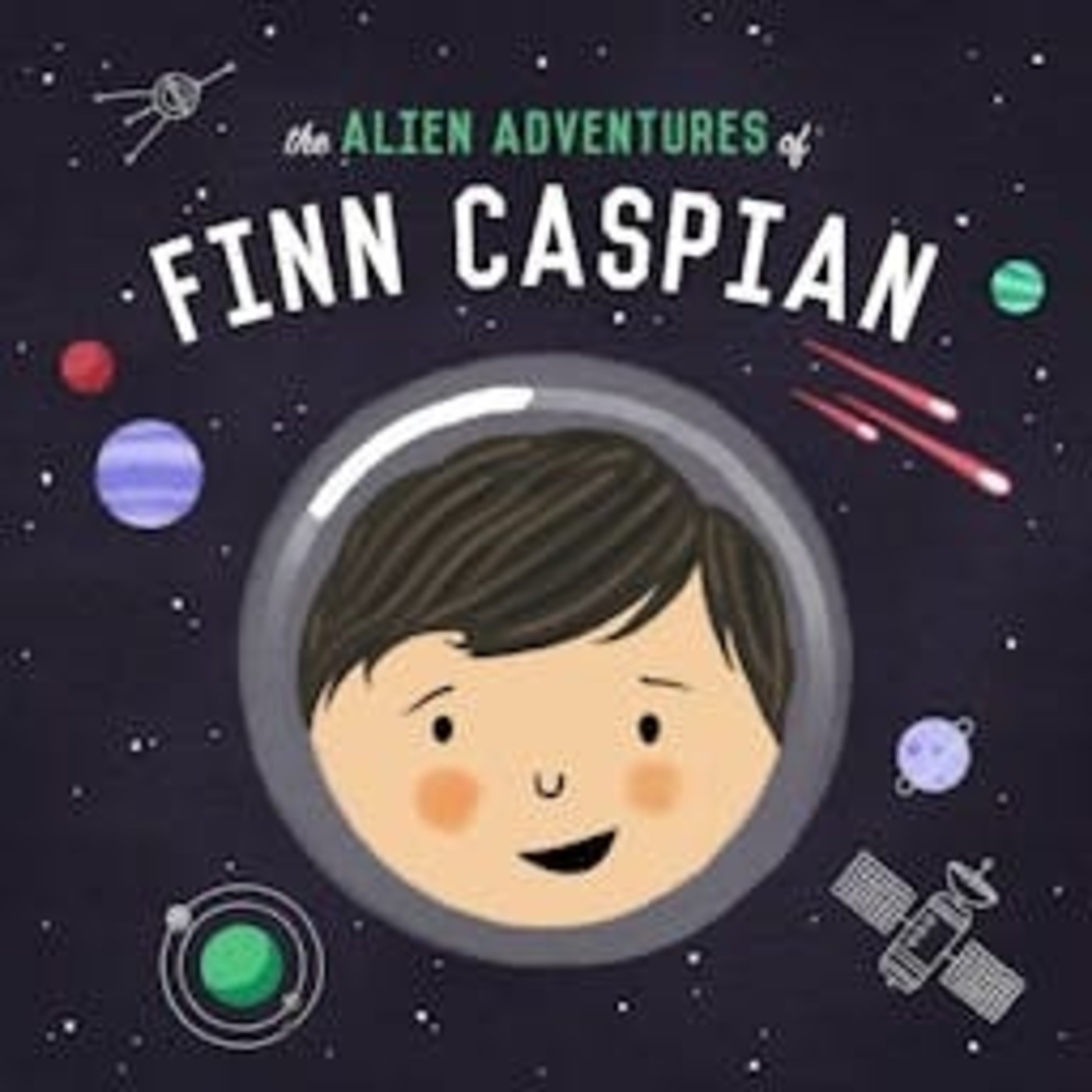
The Kids' Code Podcast
The Kids' Code Podcast is a podcast about codes for kids by kids. In each episode, Barnabas talks about a code, from Morse code to codes he has written himself, with the help of funny characters. Each episode also includes a short original story. Website: https://kidscodepodcast.buzzsprout.com/
The Kids' Code Podcast
1. Morse Code
OLD EPISODE
In this episode, we talk about Morse Code with my friends Steve and Dan. Lots of trivia, cool stories, and a hundred-year-old code await you as we step into the episode. Plus, we find out a bit of what the evil ant is doing. Oh, and could you do us a favor by subscribing on Apple Podcasts, Spotify, or Google Podcasts?
The background music used in this episode is Bio Unit, Apex, Disco Tokyo, and Lonely Satellite, all by Bio Unit, and our theme song is Mosquito by Caspar Babypants.
You can contact us on this text line.
You can find Dr. Gareth's work at drgarethmoore.com. He has released many puzzle and cipher related books for kids, as well as a lot of stuff for adults, too.
Barnabas 01:41
Welcome to the kids' code podcast. I'm Barnabas, your host, and Today we'll be talking about Morse Code. The spies Steve and Dan are with me. In each episode we will start with the key. Here is Today's. Steve, it's your turn.
Steve 02:01
Morse Code is a symbol substitution originally used for telegraphs (it was made so that telegraph machines could be usable). It uses dots and dashes. In it A = a dot and a dash, B = a dash and 3 dots, C = a dot, a dash, a dot, and another dash, D = a dash and 2 dots, and E = a dot. F = 2 dots, a dash, and another dot, G = 2 dashes and a dot, H = 4 dots, I = 2 dots, J = a dot and 3 dashes, and K = a dot, a dash, and another dot. L = a dot, a dash, and 2 more dots, M = 2 dashes, N = A dash and a dot, O = 3 dashes, and P = a dot, 2 dashes, and another dot. Q = 2 dashes, a dot and a dash, R = a dot, a dash and another dot, S = 3 dots, T = a dash, U = 2 dots and a dash, and V = 3 dots and a dash. W = a dot and 2 dashes, X = a dash, 2 dots, and another dash, Y = a dash, a dot, and 2 more dashes, and Z = 2 dashes and 2 dots.
Barnabas 03:47
If you look at a frequency list you'll find that the shortest letters in Morse Code, E and T, are also the most common ones in English.
Steve 04:00
That makes it easier.
Barnabas 04:02
Morse Code is used mainly for long distance communication, not for coded messages sent from one secret agent to another. A secret way you can use this code is silent messages. Say, you are at a meeting and your partner knows that the person talking is a double agent for the enemy. How can he tell you without being noticed? He can tap a warning on your leg. Say, danger. This is probably the best system for concealed warnings. Morse Code can also be sent using taps or lights, a short tap or flash meaning a dot and a long one a dash. There is even a way to send Morse Code using semaphore. For a dot move the flag to the left, for a dash move it to the right, and move it to the center between letters and words. This is not very well known, so it is going to be harder for the enemy to crack your message.
SOS, the Morse Code signal for help, does not stand for anything. Why was it used, then? Well, they had a bunch of other distress signals (IWB, VZE, 3B, and V7), but none of the others were as easy to remember. Another advantage of SOS is that when it is written out it can be read from either side. On January 12, 1907 the magazine Electrical World wrote that ships in danger should use SOS repeated at short intervals. Mayday, which comes from the French word that means help me, is basically the spoken version of SOS. In American Morse, the original version of Morse Code, 3 dashes stood for 5, so in a few cases you'll see S5S.
Dan 06:32
That's confusing.
Barnabas 06:35
What we usually think of as Morse Code is International Morse. Since it was created many accented letters have been introduced to Morse. During World War II Germany briefly experimented with "dotty" and "dashy" Morse, in which you add a dot or a dash to the end of each letter. This was quickly cracked by the Alliance. Some historic SOS calls: steamship Kentucky sank in 1910. Because of an SOS signal sent early, all 46 of the people on board were saved. The second one is The Titanic, which probably has the most famous shipwreck story in history. Now, here is the story.
Barnabas 07:41
Steve has intercepted a message from a villain called the Evil Ant in Morse Code. He couldn't seem to decode the message, so he asked his partner Dan for help in a letter. This is what he wrote.
Steve 08:00
Dear Dan,
SOS! I can't read a letter from the Evil Ant! Do you think you might have the key?
Steve
P.S.- I think it is in Morse Code, but the paper might be in another code.
Barnabas 08:22
A few days later Steve got a message from Dan. It read:
Dan 08:28
Dear Steve,
I think I do have the key. If it had dots after symbols, letters, and words it's "dotty" Morse Code. 1 dot between symbols, 3 between letters, and 7 between words. There are also 2 older versions - it might be American Morse or whatever the other one was called. It used to be that sometimes dots were very short dashes.
Dan
Barnabas 09:14
Steve soon cracked the message. it was in American Morse and said:
Evil Ant 09:22
Dear Dangerous Dave,
I will be in the next episode.
Evil Ant
Barnabas 09:34
Steve sent this information to the rest of his spy ring. THE END.
Barnabas 09:49
Well, I hope you liked the story. Next time we'll be talking about Pigpen and Rosicrucian Cipher.
My sources that I used in this episode are Wikipedia articles SOS and Morse Code and The Dangerous Book for Boys by Con and Hal Igulden. See you next time!
Podcasts we love
Check out these other fine podcasts recommended by us, not an algorithm.

The Big Fib
GZM Shows
At Your Level - for kids by kids
Art and Light Society
Six Minutes
GZM ShowsEleanor Amplified
WHYY
GZM Beats
GZM Shows
What If World - Stories for Kids
Eric O'Keeffe / Starglow Media
Wow in the World
Tinkercast
DJ Cryptography: The Podcast
DJ Cryptography


